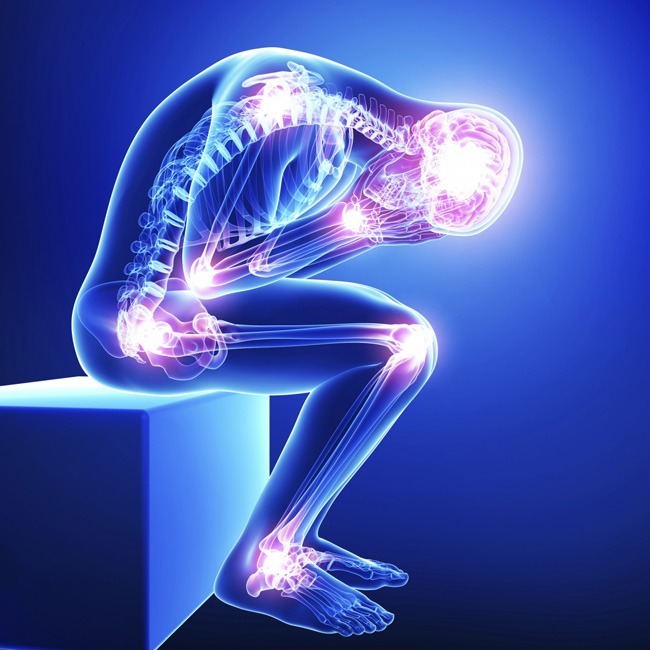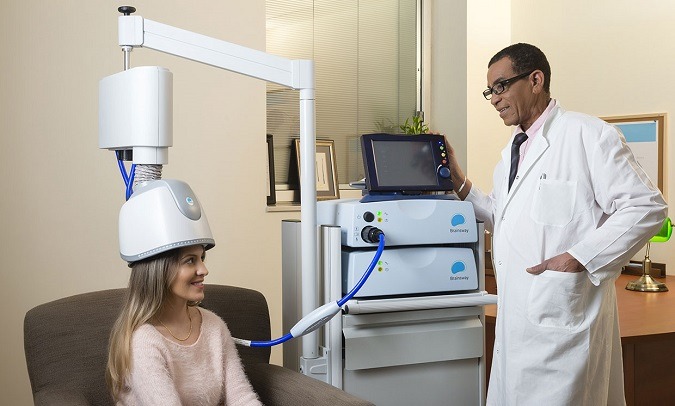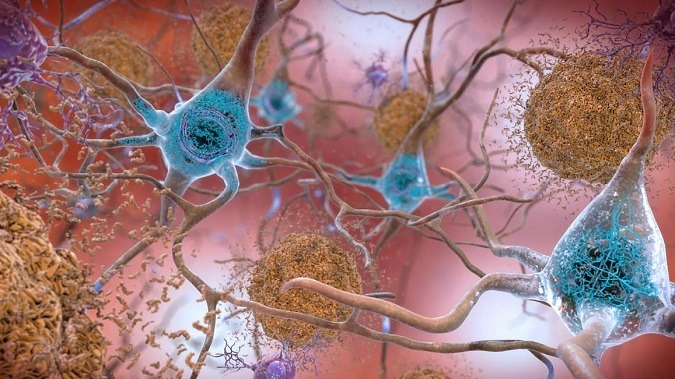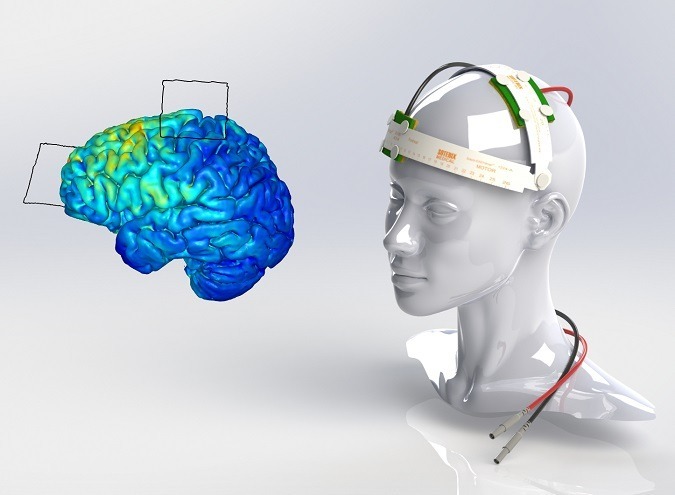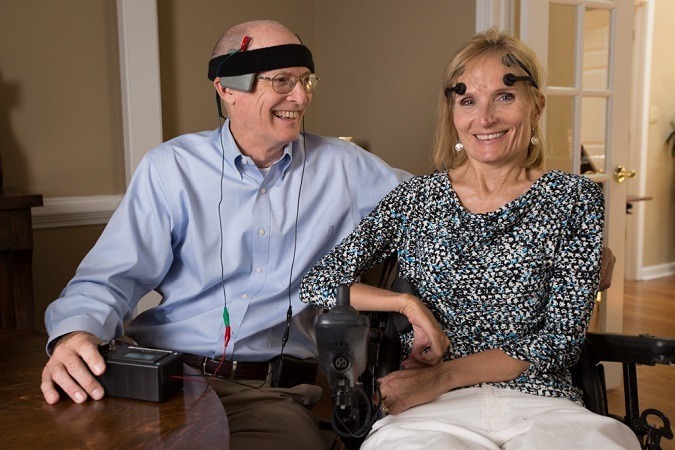Posts Tagged ‘brain-stimulation’
Trend: Rethinking (and treating) chronic pain as a brain disease
Can stimulating the brain treat chronic pain? (Science Daily): “We’ve published numerous brain stimulation papers over several years, and we always learn something important,” said senior author Flavio Frohlich, PhD, director of the Carolina Center for Neurostimulation and associate professor of psychiatry. “But this is the first time we’ve studied chronic pain, and this is the…
Read MoreFDA clears deep transcranial magnetic stimulation device to treat obsessive-compulsive disorder
BrainsWay’s Brain Stimulation Device Receives FDA Approval to Treat Obsessive-Compulsive Disorder (IEEE Spectrum): “In 2013, Jerusalem-based BrainsWay began marketing a new type of brain stimulation device that uses magnetic pulses to treat major depressive disorder. Now, thanks to positive results in a study of 100 patients, the company has received approval from the U.S. Food…
Read MoreUpdate: Study finds continued birth of new neurons (neurogenesis) well into our 70s
___ Time for SharpBrains eNewsletter, bringing you the latest in in brain health and mental health research, tools and thinking. Also, a quick heads-up for those based in the UK: the Imperial College Centre for Neurotechnology will host a keynote by Alvaro Fernandez in London on Wednesday, May 30th, titled Why the Future of Brain Enhancement & Mental Health is Digital & Pervasive (free;…
Read MoreResearch trend: Combining brain stimulation with cognitive training to enhance attention and memory
In 47 CE, Scribonius Largus, court physician to the Roman emperor Claudius, described in his Compositiones a method for treating chronic migraines: place torpedo fish on the scalps of patients to ease their pain with electric shocks. Largus was on the right path; our brains are comprised of electrical signals that influence how brain cells…
Read MoreImportant insights on the growing home use of tDCS brain stimulation: older-than-expected users, positive self-reported results for treatment of depression but negative for self-enhancement, and a couple areas of concern (severe burns, frequency)
___ At the 2017 SharpBrains Virtual Summit last month, researcher and science writer Dr. Anna Wexler discussed some fascinating insights from her survey of 339 home (or “do-it-yourself”) users of tDCS (transcranial direct current stimulation) devices. The survey results have just been published in the Journal of Cognitive Enhancement (details below), and provide a useful window into who…
Read MoreWhat are the most promising lifestyle and tech options to harness lifelong neuroplasticity?
What are the most promising lifestyle and tech options to harness lifelong neuroplasticity, and what are key roadblocks ahead? (recording requires registration; view slidedeck above or Here) Dr. Álvaro Pascual-Leone, Director of the Berenson-Allen Center for Noninvasive Brain Stimulation at Beth Israel Deaconess Medical Center Dr. David Bartrés-Faz, Principal Investigator of the Barcelona Brain Health Initiative (BBHI) Dr. Simone Schurle, Assistant…
Read More
